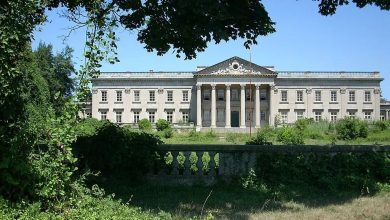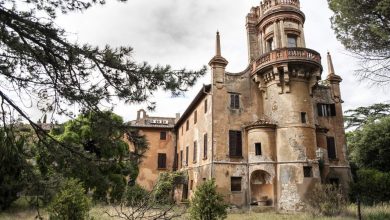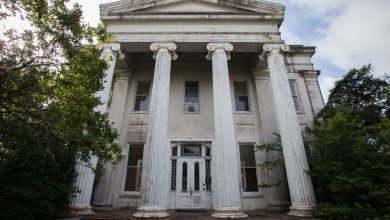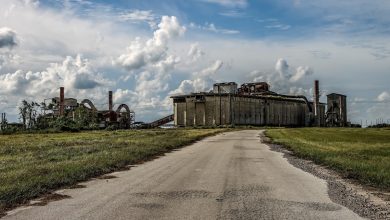Mount Ararat Missionary Baptist Church – Abandoned House
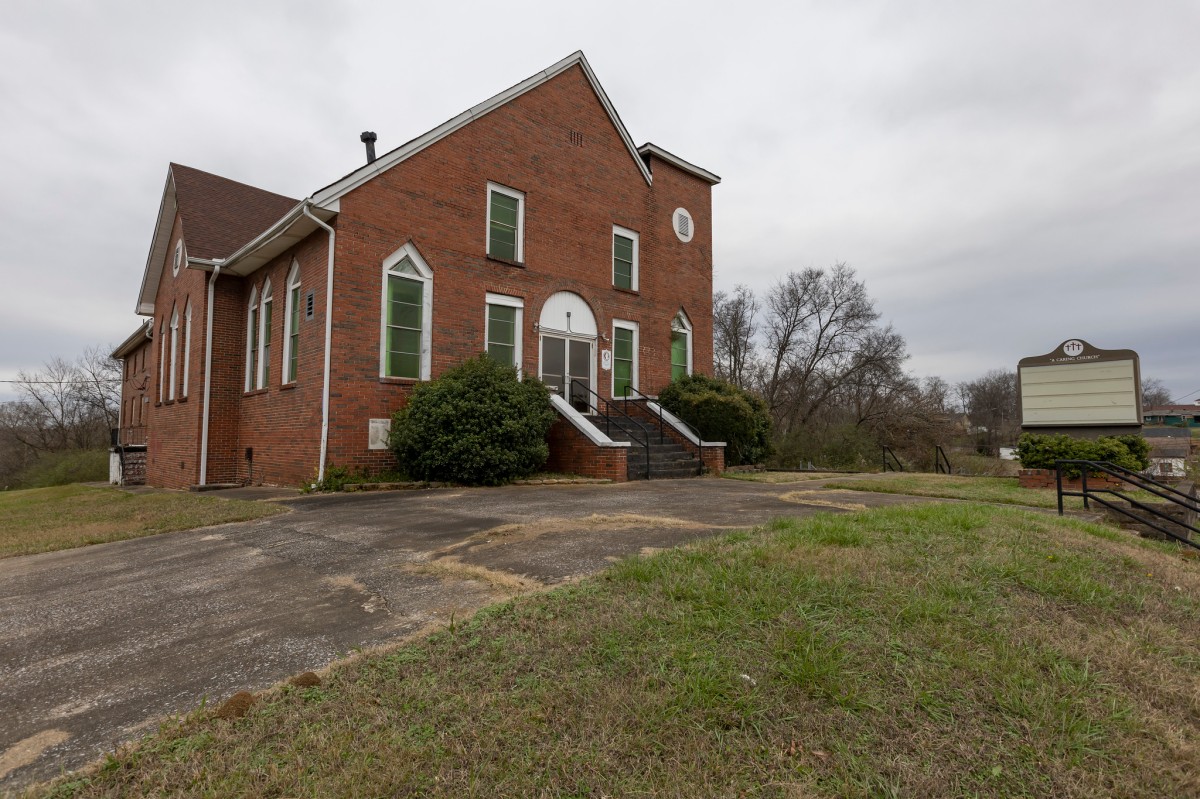
Baptists associated with the earlier Shiloh Baptist Church of Ensley established Mt. Ararat Missionary Baptist Church on a hill overlooking Alabama Highway 269 in the Sherman Heights neighborhood of Ensley in 1915, purchasing property from the Tennessee Coal Iron and Railroad Company (TCI) on the western boundaries of TCI’s Ensley Works. Reverend A. J. Williams was the church’s first pastor. The first church, erected in 1916, burned down after a lightning strike in 1929. The congregation then hired Wallace A. Rayfield, Alabama’s first and the second formally educated and practicing African American architect in the United States, to design a more significant and more architecturally distinctive sanctuary, a frame Gothic-styled building, at the same location as the first church. Rayfield designed hundreds of structures throughout the South prior to the Great Depression, among them theaters, schools, residences for prominent Black professionals, one of the country’s first black-owned banks, and many, many churches. He is attributed with designing more than 130 structures in Birmingham alone. Many of his buildings were backdrops for the Civil Rights Movement during the 1960s, a few were synonymous with the struggle including the 16th Street Baptist Church.
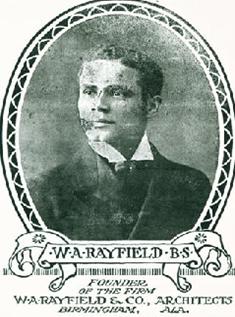
Mount Ararat Missionary Baptist is a restrained Gothic Revival church constructed in 1929 but veneered in smooth red brick in 1950. It has a concrete foundation and a multi-gable asphalt shingle roof. The gabled front of the east facade has incorporated an east tower interrupting the gable slope and comprising about one-fourth of the facade, rising barely above the eaves with a very low-angled hip roof. The church has a five-bay symmetrical facade with a central double-door entry, flanked by rectangular flat-arched windows; outer bays contain same-size windows with triangular overlights, suggesting the Gothic style. The entry bay is round-arched with a triple rowlock head and blind tympanum, and the doors are now commercial-style metal-framed glass, added for security in 1990. The entry is eight concrete steps up from the sidewalk. The metal railing was installed in 1950. At the balcony level of the facade are two smaller rectangular windows stacked above the lower ones beside the entry. Near the top of the tower is an occluded oculus, now with a small louvered vent in the middle of it.
The sanctuary is quite large, with a central and two side aisles creating four blocks of pews. The pews on the sloped wood floor are natural wood with white side pieces. There is a rear balcony extending deep into the room and supported on metal poles, with a paneled bulkhead front; seating here is on folding metal chairs. The ceiling is essentially barreled and covered with suspended acoustical tiles, c. 1953, while the light fixtures are traditional Gothic lanterns, c. 1929. The walls are gypsum board with a painted wood paneled wainscot to the window-sill level; the floor is carpeted but the hardwood floor remains underneath. The pulpit and choir are arranged in a traditional manner. Several pews are turned perpendicular to the rest with the dais between; the raked choir area with its theatre seats is behind the dais, recessed between the anteroom walls. The pulpit is central and chairs for the clergy sit behind it; these repeat the dark-with-white-trim style of the pews. The baptistery is here beneath the pulpit, which has to be opened for baptisms. At the very front behind the choir and above its paneled back wall is a painting of Mount Ararat beneath a rainbow.
Although reported dates differ somewhat, the church was remodeled in 1953 (the dedication stone says “re-erected”) with addition to the balcony space, destruction of the top of the tower, and filling in of the facade to the tower line. A new brick veneer was added to the earlier frame building and the education and administrative building was added to the rear of the church. The 1950s changes came under the leadership of Reverend John H. Glover, who was pastor from 1936 to 1973. Rev. Glover expanded the church’s educational mission and community outreach programs. He wanted the church’s new distinguished brick exterior to emphasize the stability and achievement of the congregation.
African Americans gathered for meetings in the large open sanctuary of Mount Ararat Baptist. Rev. Glover arrived as a New Deal reformer and encouraged a spirit of activism in all aspects of church life. With the creation of the Alabama Christian Movement for Human Rights in 1956, several members of the congregation became active in the Civil Rights Movement. In its 1958 annual report, the ACMHR listed Mount Ararat Baptist among several others “where we have met—so many times” and where the doors had been “generously opened for us.” In this report, the ACMHR asserted that “This is a people’s movement—of all the people. Nothing stops the people from enthusiastically coming each night to sing, pray, and give. These are mass heroes.” Historians of the Civil Rights Movement have long discussed the intersection of faith and activism in the mass meetings held at various Birmingham churches.
The mass meetings held at Mount Ararat were essential tools of oral communication for a society that had few other public options since the open discussion of civil rights strategies over the airwaves or in print could provoke severe reactions from White extremists. Furthermore, activists knew that to reach the core working-class residents of their neighborhoods, meetings in the churches were much more effective venues than print or electronic media. It was thus at the churches where activists, often a combination of local ministers, community leaders, and the occasional visitor from another Civil Rights hotbed, relayed the critical messages and key strategies to be debated and carried out. Churches like Mount Ararat Baptist were safe havens in a hostile environment but were often threatened with violence. A direct threat was made against Mount Ararat Baptist in 1958, when after one Monday night meeting of the ACMHR, the Ku Klux Klan burned a cross in the front yard of the church. Rev. Glover stopped allowing the church to be used for ACMHR meetings.
In the early 1960s, Glover’s decision did nothing to deter the congregation’s activism and members continued to play an important role. According to an undated document prepared by Victor Blackledge, Jr., in the mid-1990s, Mose Palmer, Dollet Alexander, Ulyses Williams, Robert Tracis, Eugene Battle, Alberta Williams, Brazzie Smith, Nora Bell Herd, Velma Bush, Alberta Thompson, Mable Alexander, and Ardella Williams were all involved in the Civil Rights Movement. In 1963, young members of the congregation, such as Gwendolyn Odom, Victor Blackledge, Jr., Patricia Threatt-Baker, and James Black, Jr. participated in the Project C marches of 1963. Albert Bry, who served as pastor from 1988 to 2000, James Williams, and Victor Blackledge, Jr., were jailed for their participation in the April 1963 demonstrations. With the support of Rev, Glover, these adult and teenage members of the congregation met at the church and discussed ways that they could contribute to the demonstrations from 1958 to 1963. The church remained in use until the early 2000s, until a larger facility was built across the street for its congregation. Mount Ararat Baptist Church was added to the National Register of Historic Places in 2005.
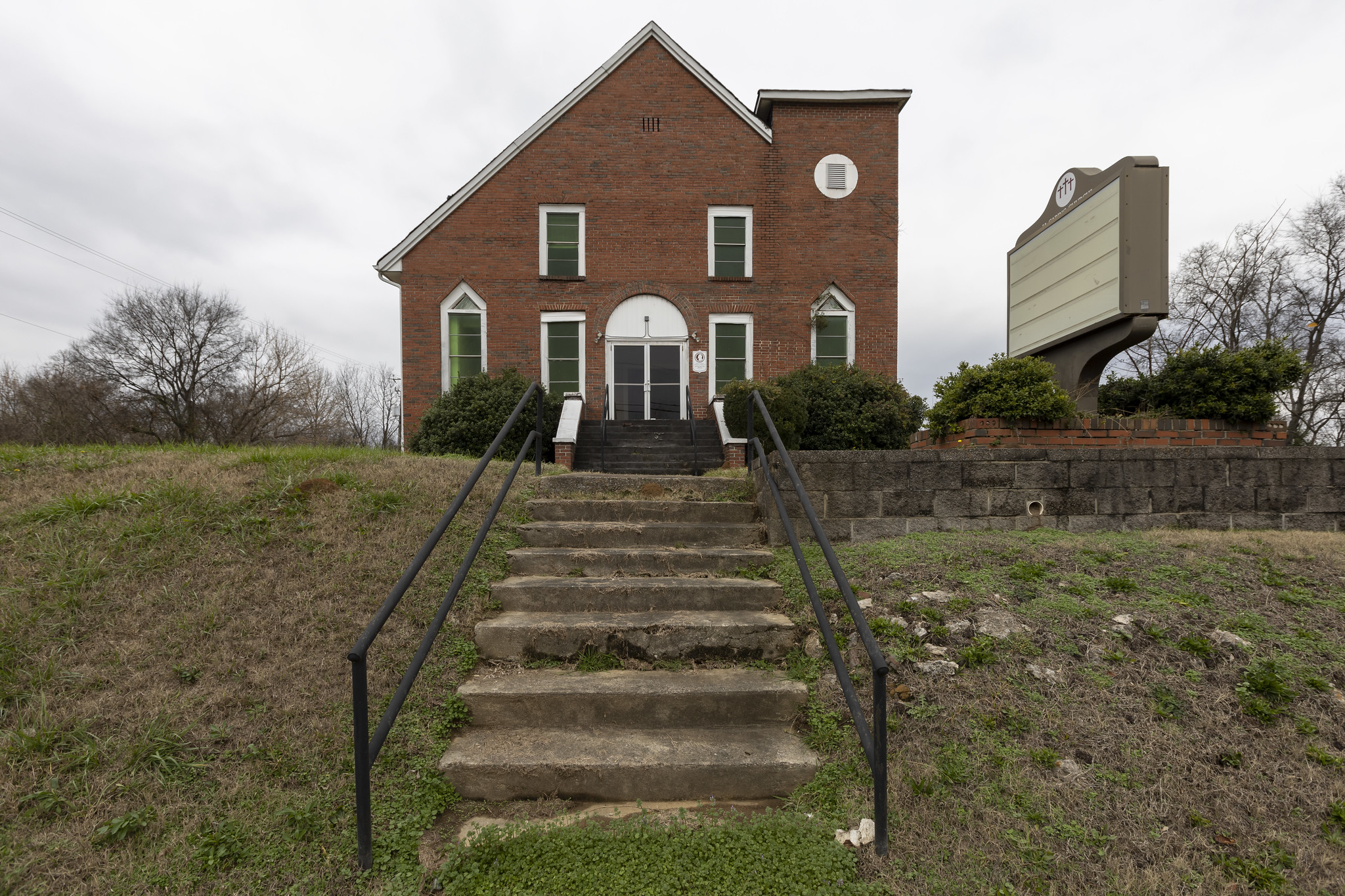
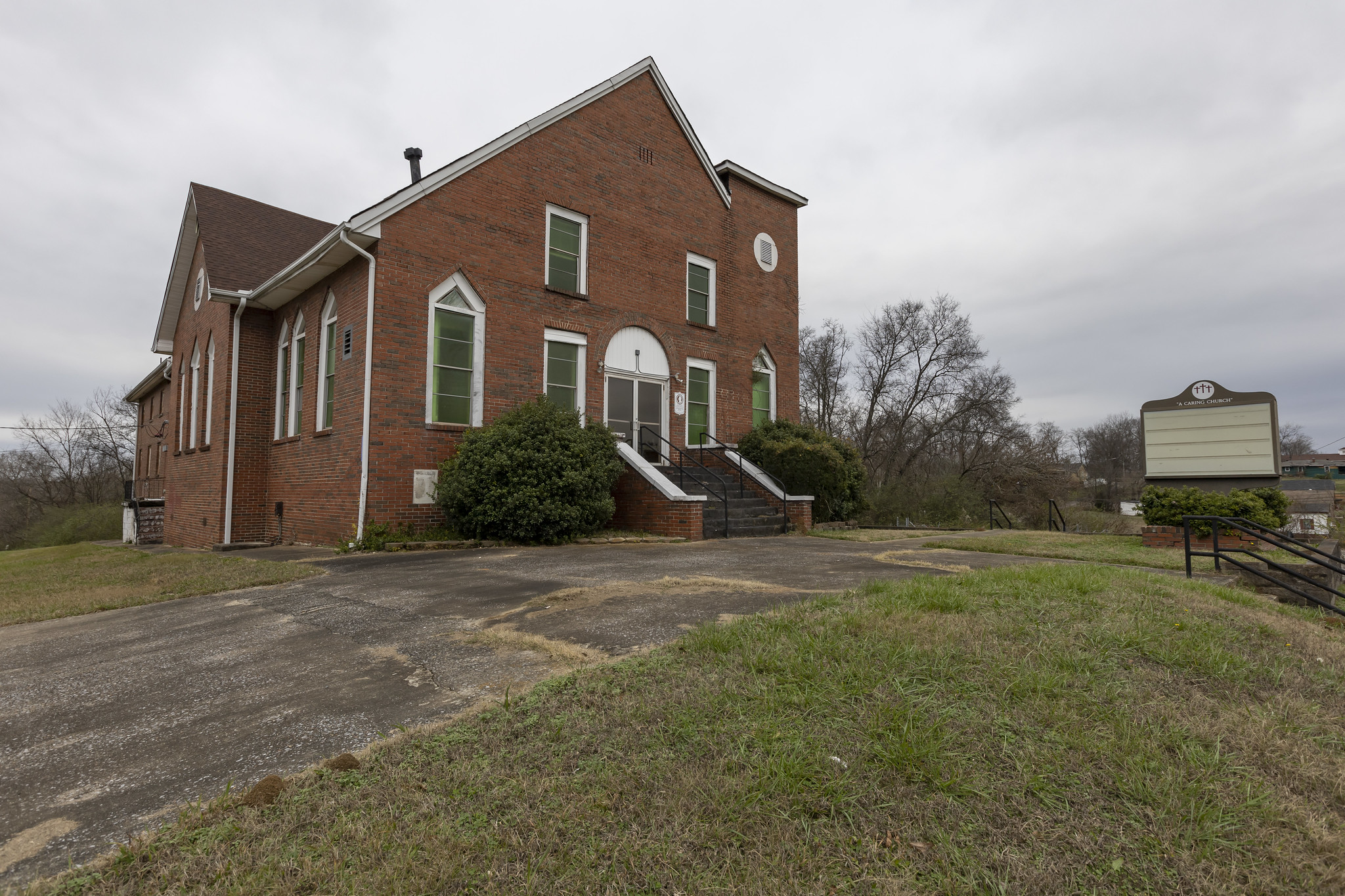
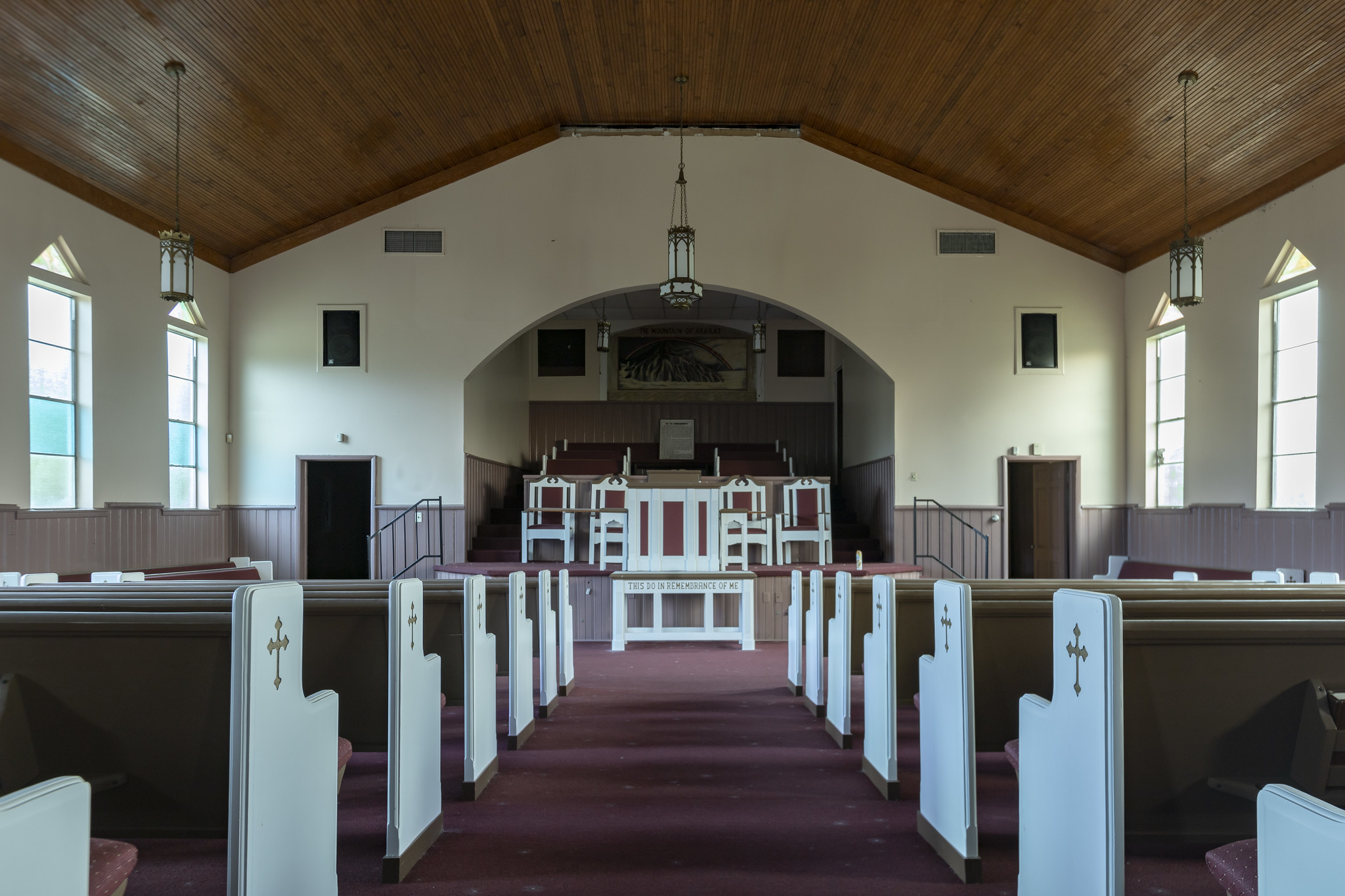
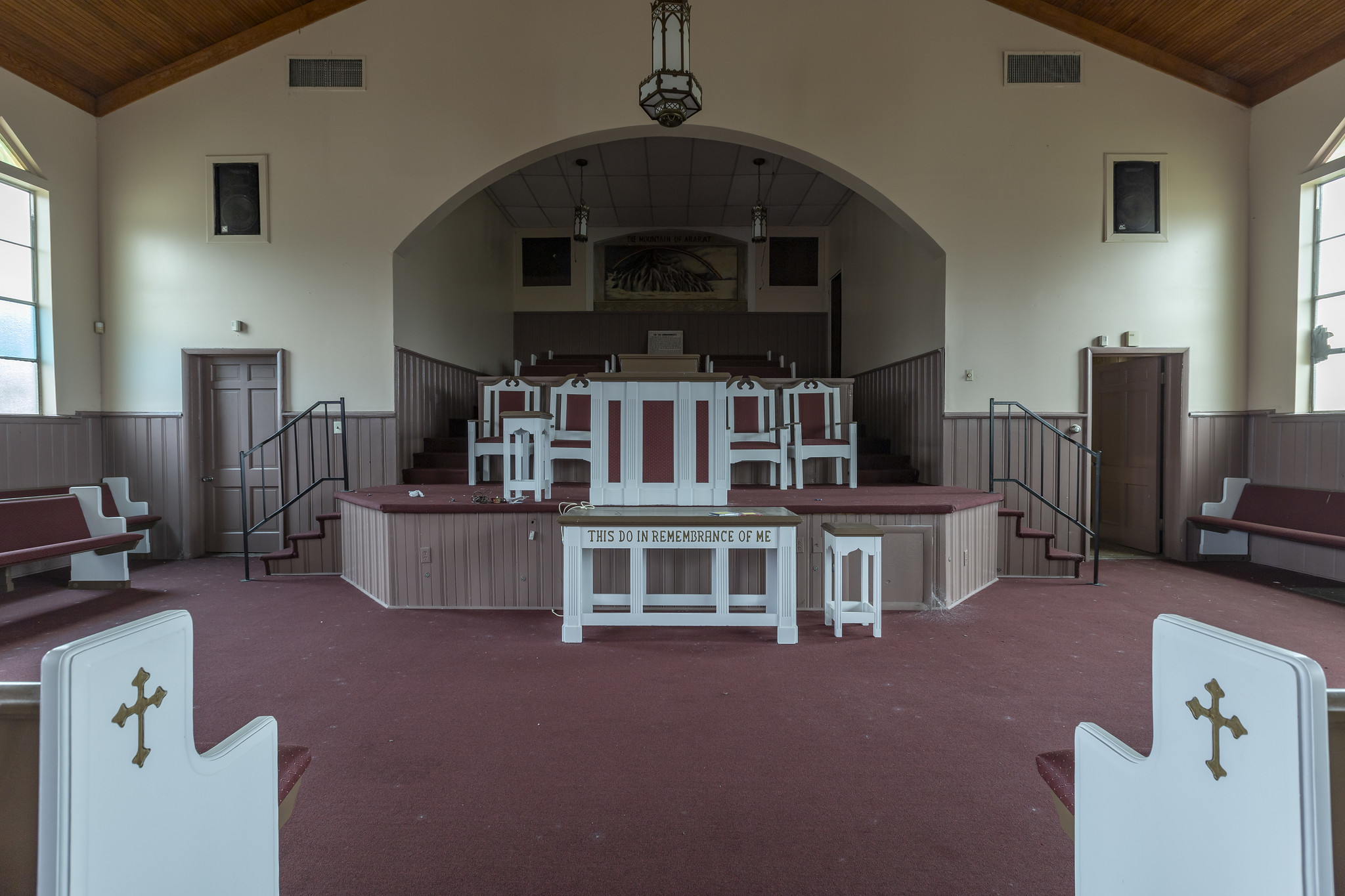

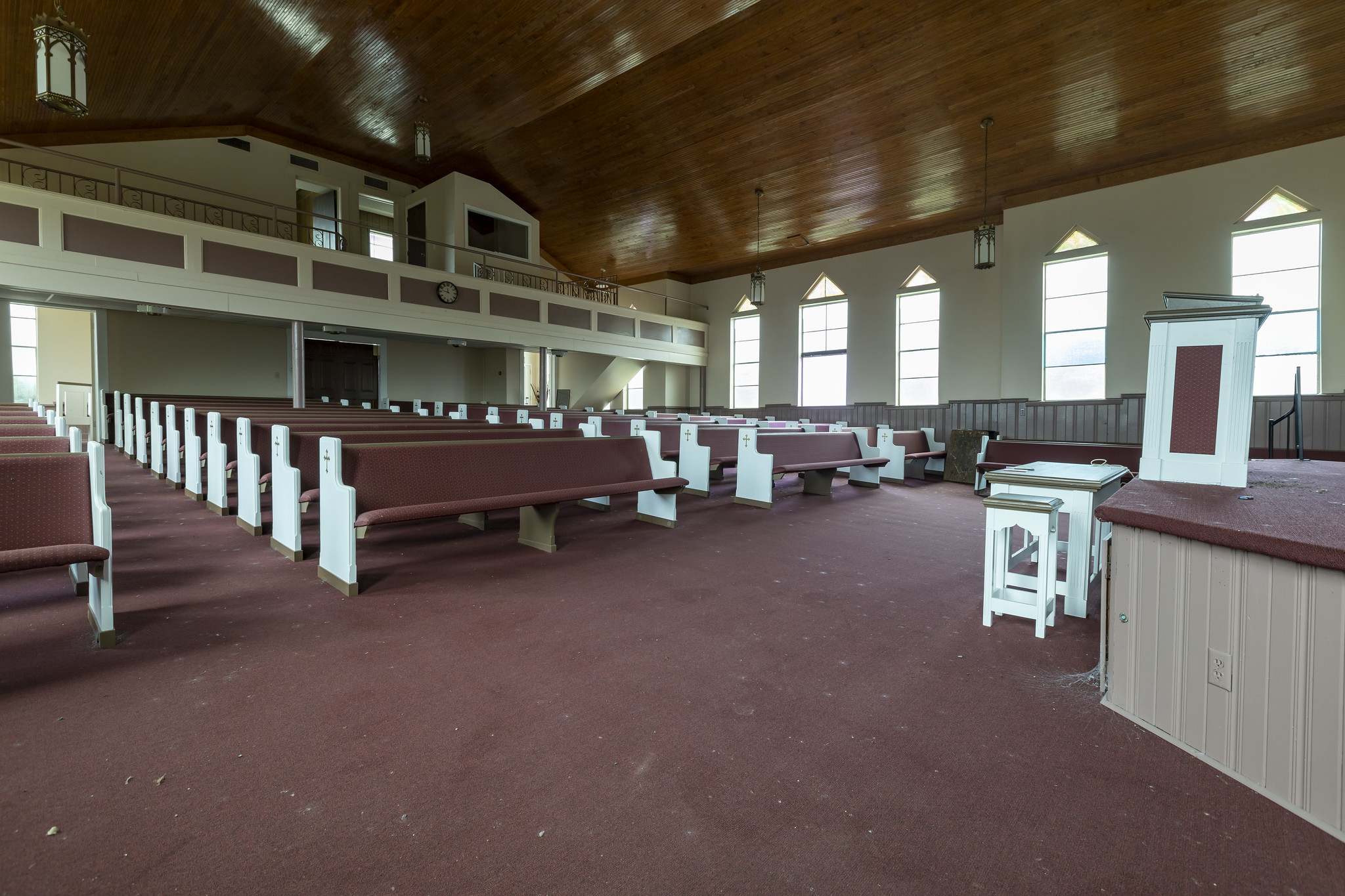
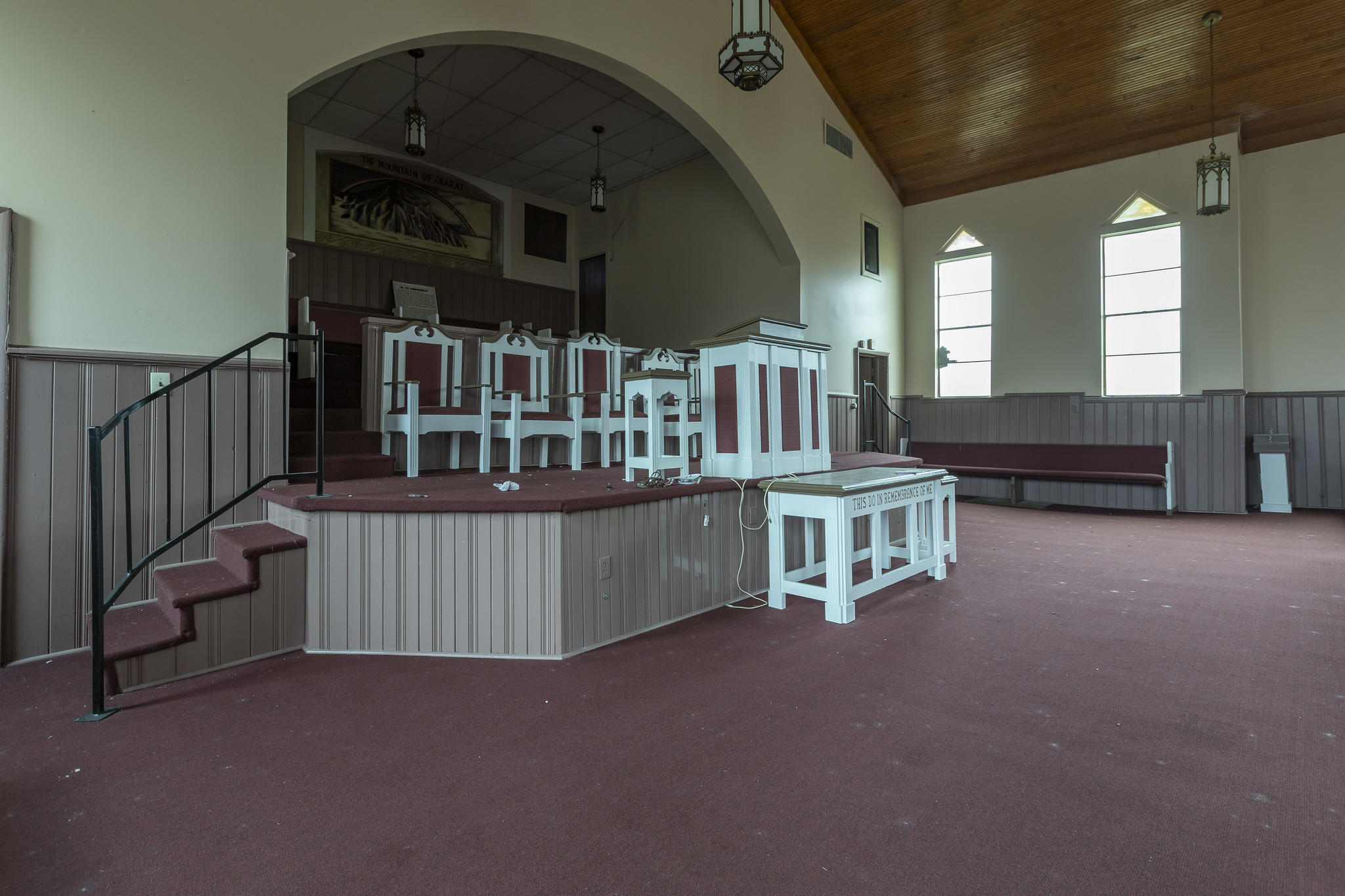
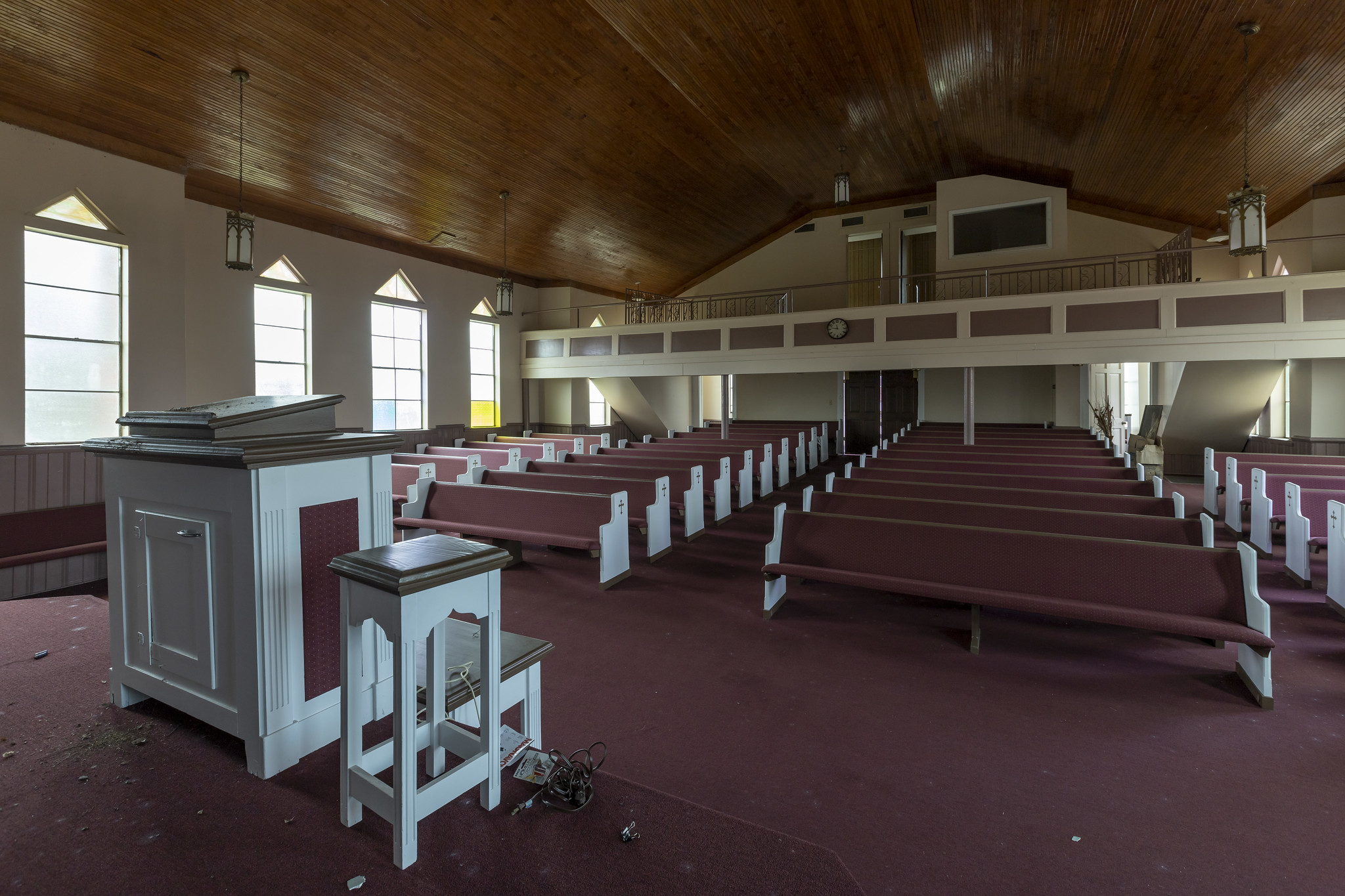
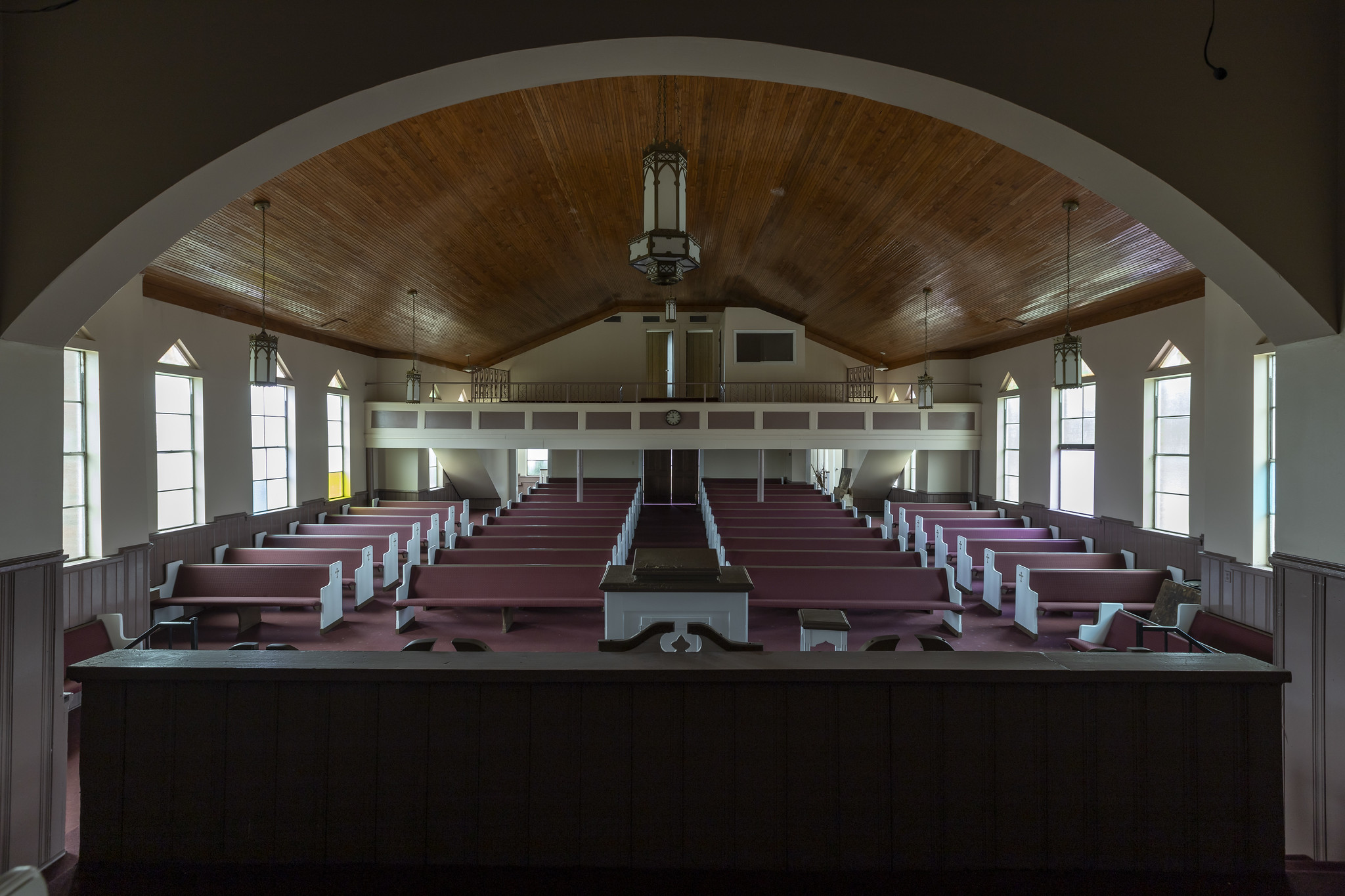
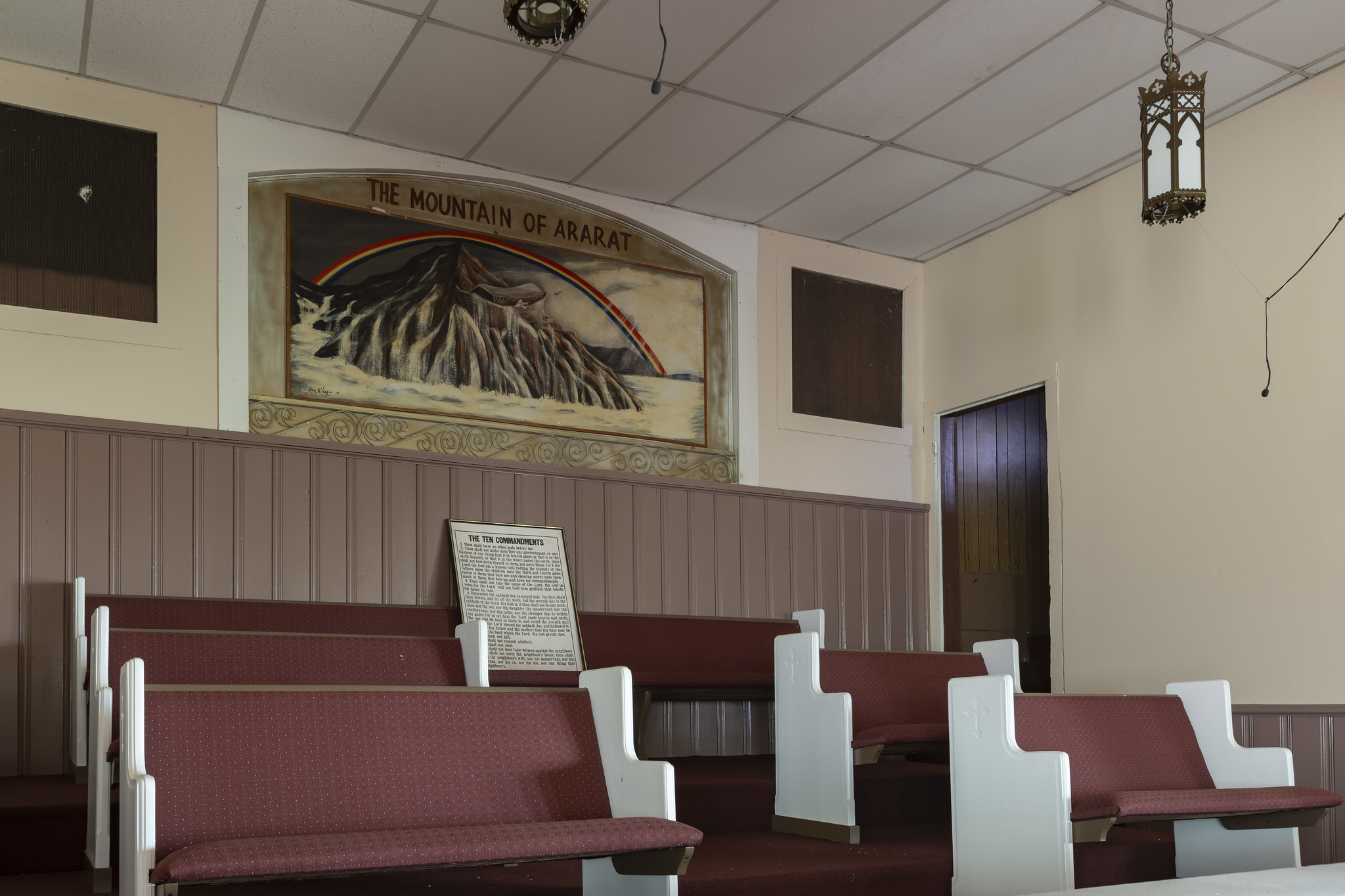
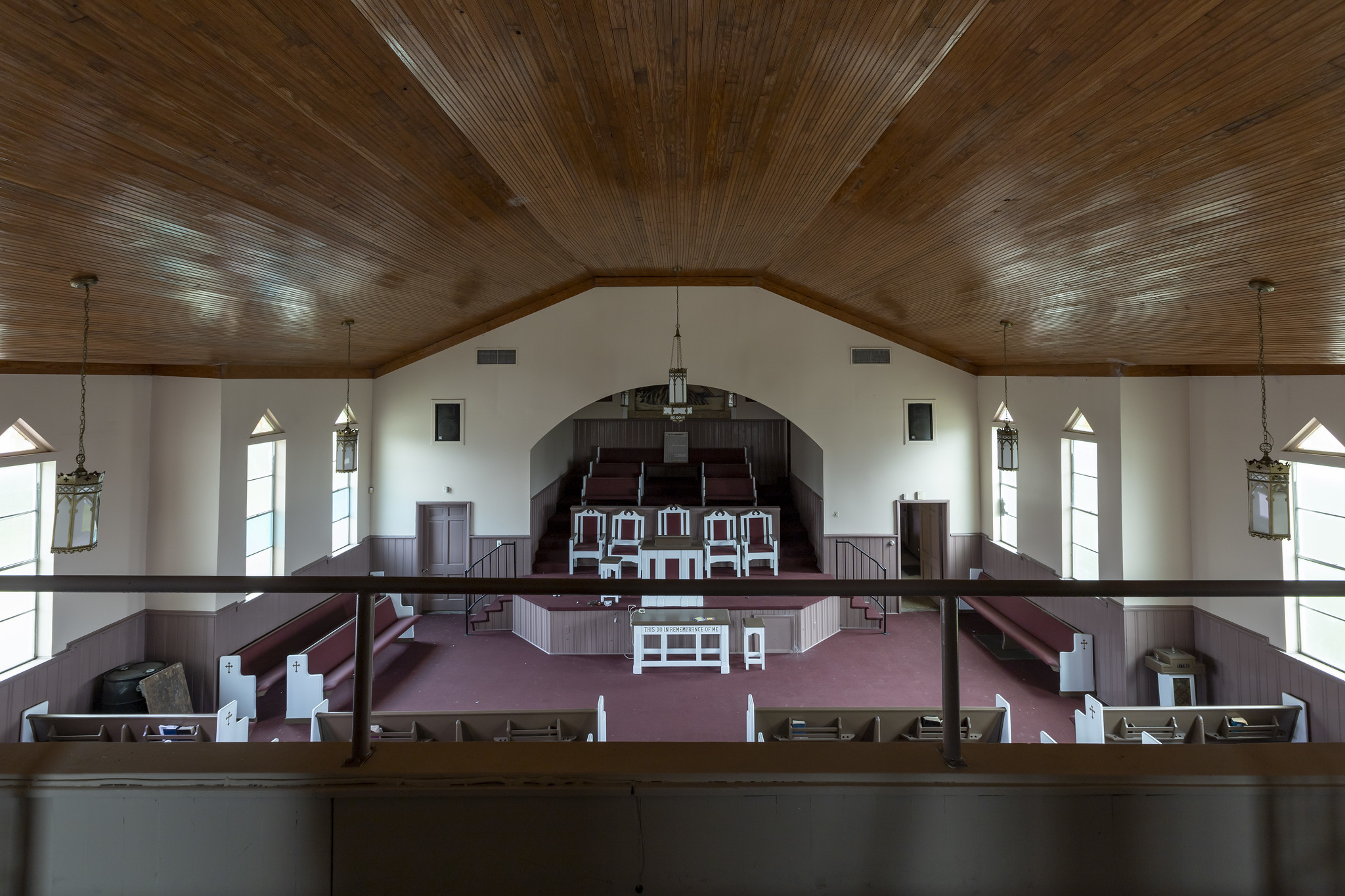
More recent updates: Brown-Marx Tower, Old Hamilton County Jail, Rainer-Lewis House
Thank you for reading. I appreciate the support. Please share the blog with your friends.
I want to send a big THANK YOU to the person who anonymously gifted me a yearly WordPress subscription. I appreciate it very much.
You can find me on Facebook, Instagram, and TikTok. For more amazing, abandoned places from across Alabama, check out my books Abandoned Birmingham and Abandoned Alabama: Exploring the Heart of Dixie.
Source: https://numerologybox.com
Category: Abandoned Place
